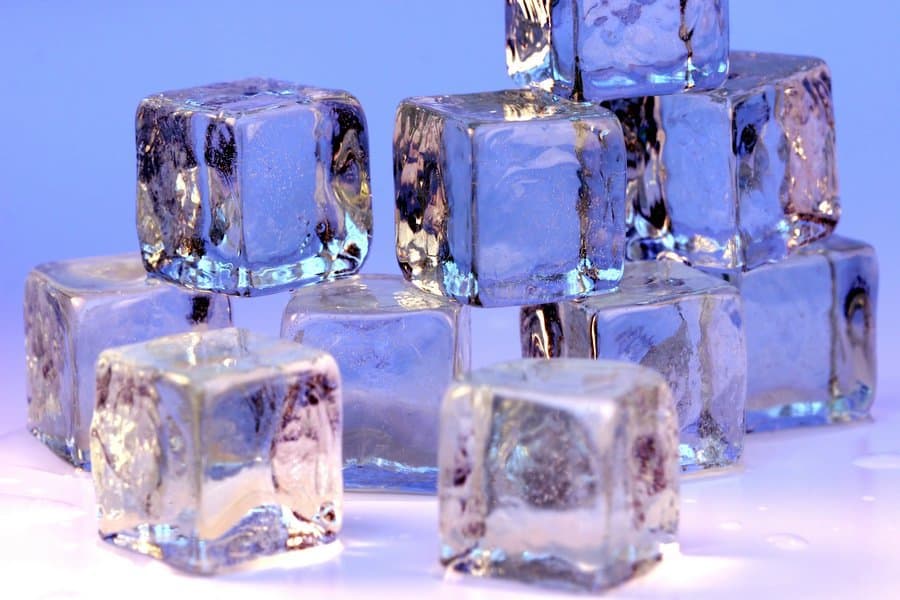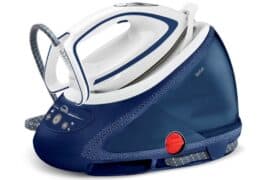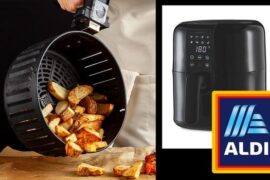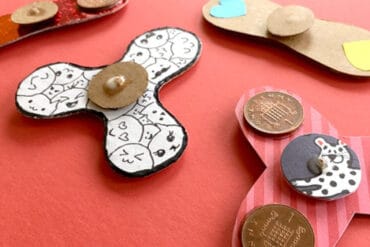Frosty Fun for Kids: The Ultimate Guide to Safe Ice Cube Playtime!
Hey there, awesome parents! Are you looking for a way to keep your little ones chilled and thrilled, especially during those warm seasons or while indoors? Ice cube play can be a fantastic sensory activity that sparks creativity, cools down the fun, and is surprisingly educational. And guess what? We’ve got you covered with this tailormade guide to ensure you make the most out of those shiny little cubes of cold!
Why Choose Ice Cube Play?
First off, why should ice cube play be on your radar? Kids are naturally attracted to new sensory experiences, and the cold, slippery nature of ice provides just that. It’s not just fun – it’s also a great way to develop fine motor skills, explore scientific concepts like melting and freezing, and encourage imaginative play. Plus, it’s super affordable and easy to prep!
Safety First: The Cool Rules of Ice Cube Play
Before we dive into the frosty depths, let’s set some ground rules to keep our tiny tots safe and happy during ice cube playtime:
- Supervision is key: Always be present. Little ones can find it tricky to gauge the slipperiness of ice, and we don’t want any chilly mishaps.
- Size matters: Watch out for small ice cubes that can be a choking hazard. Use bigger cubes or specially designed ice trays for larger shapes.
- Temperature check: Be mindful that holding ice for too long can be uncomfortable or even painful. Ensure your child isn’t overdoing it and suggest breaks.
- Food coloring fun: If you’re using food dyes or anything non-edible in your ice activities, it’s essential your child knows what’s not for eating.
Ice Cube Activities for Every Age
No matter how young or old your child is, there’s an ice cube activity for them. Let’s break it down:
For Toddlers
- Colorful Ice Sorting: Dye ice cubes different colors and encourage your toddler to sort them into matching colored bowls.
- Frozen Toy Rescue: Freeze small toys in ice and let your little one play archaeologist, melting the ice to rescue them.
For Preschoolers
- Ice Painting: Let the ice cubes be their paintbrush – the melting water makes for some gorgeous watercolor effects.
- Ice Fishing: With a little salt and some string, they can ‘catch’ ice cubes and transfer them around.
For School-Aged Kids
- Science Experiments: Teach the concepts of freezing and melting points with simple, guided experiments.
- Ice Sculptures: Stack cubes to create towers, or melt them slightly to fashion their own icy art.
Ready to get started? Let’s make sure you’ve got the essentials. All you need are ice cube trays, water, and a freezer. Want to spice things up? Grab some food coloring, glitter, small toys, or edible flowers to capture within your ice cubes. The wilder the assortment, the more engaged your kiddos will be.
Stick around as we’re about to take a deeper dive into more intricate ice cube activities, how to incorporate educational lessons with a frosty twist, and tips on keeping the fun going without a meltdown (well, except for the ice, of course!). Discover how this simple household item can turn into an endless source of educational playtime!

Five Things Parents Should Know When Preparing for Ice Cube Play
Before you embark on this shivery adventure, here are five essential things you should know to ensure the playtime goes smoothly:
1. Ice Cube Tray Varieties
Choosing the right ice cube trays is the first step to successful ice play. You would want to avoid tiny, swallowable pieces. Look for trays that make larger cubes or fun shapes that are safe and captivating for your child. Silicone molds can also be a great option as they are flexible, which makes it easier to pop out the adventurous shapes you’ll create together.
2. Creative Additions for Ice Cubes
Simple water ice cubes are a blast, but why not pump up the volume? Add drops of food coloring to the water before freezing to make vibrant ice cubes. You can also freeze flowers, leaves, and even small fruits for a mini exploration adventure right in their hands. Just make sure these add-ins are safe in case they find their way to little mouths.
3. Timing Your Freezing
Freeze cubes ahead of time so that when your children are ready, so are the cubes! This might seem obvious, yet it’s crucial. It typically takes about 2 to 4 hours for ice cubes to freeze completely, depending on their size and the temperature of your freezer. Plan your activities with this in mind to avoid any impatient meltdowns before the ice ones!
4. Managing the Melty Mess
Ice melts, and play can get wet and messy—part of the fun, of course. However, prepare your play area with towels, or take the activity outside if weather permits. You might also use large trays or baking sheets to contain the watery wonderland. On hot days, this also means the ice will melt faster, offering a different play experience and a chance to talk about the weather’s effect on ice.
5. Thematic Ice Cube Play
To keep ice play exciting, why not theme your activities? If it’s summer time, tie it in with themes of the ocean or pool fun. During winter, discuss how ice is formed naturally and compare it to your home-made cubes. For birthdays or special occasions, create ice cubes in fun shapes that match the party’s theme. Themes add a fantastic layer of engagement and learning to the frosty play.
Diving Into Deeper Ice Cube Exploration
Aside from the outright joy of ice cube play, consider sneaking in some stealthy education. Turn playtime into learning time with discussions about state changes (solid to liquid), the properties of water, and even throw in basic math concepts with counting and sorting games. The key is to seamlessly merge learning and fun.
For those days when you need a quick setup, remember that simple is fine. Some days it’s just about the sensory experience of holding and watching ice melt in their hands. On other days, it’s a full-blown science lab in your kitchen. Flexibility is the spice of life, and it’s definitely the icing on the cake for ice cube play!
Now, let’s not forget about wrapping things up. Guiding your child in the clean-up process is just as useful. It teaches responsibility and the concept of cause and effect. Plus, it’s another opportunity to get those motor skills in action, as they wipe surfaces and ensure all toys return to their rightful places.
Happy ice inhabiting, explorers! May these tips and activities offer countless hours of educational frostiness and giggles galore. Get ready to freeze the day and unlock a deluge of icy adventures with your curious little ones!
For more great articles please see here. For more information see here
Disclaimer
The articles available via our website provide general information only and we strongly urge readers to exercise caution and conduct their own thorough research and fact-checking. The information presented should not be taken as absolute truth, and, to the maximum extent permitted by law, we will not be held liable for any inaccuracies or errors in the content. It is essential for individuals to independently verify and validate the information before making any decisions or taking any actions based on the articles.




